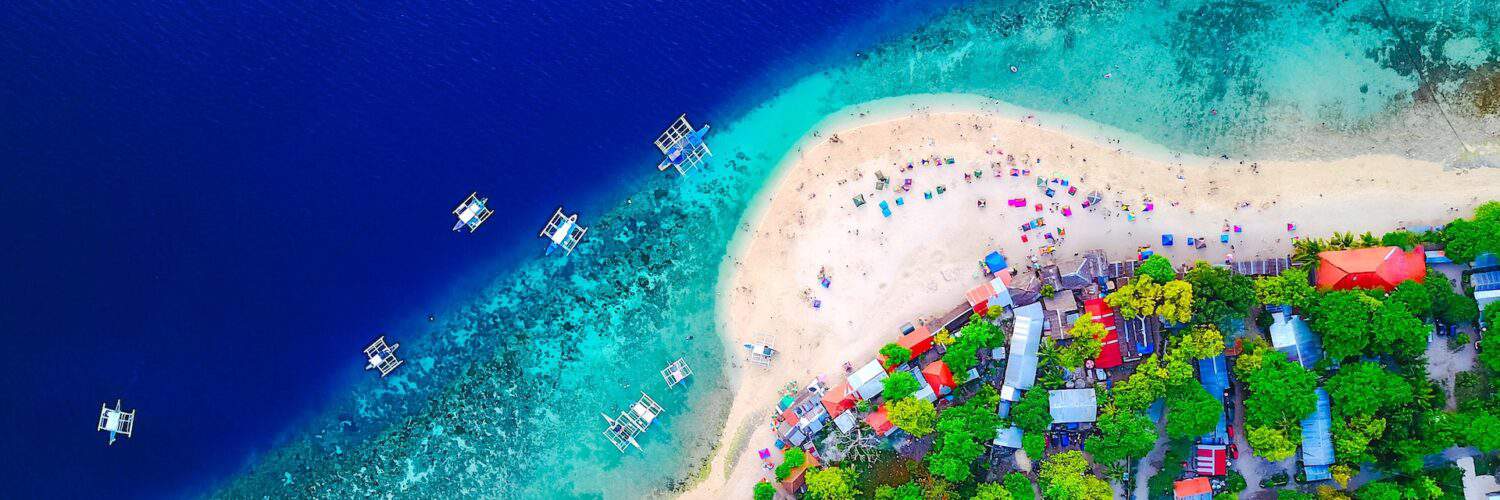Philippine Travel Essentials: A Comprehensive Guide for Visitors
The Philippines, an archipelago boasting over 7,000 islands, is one of the world’s most enchanting travel destinations. Each island carries its unique allure: sun-kissed beaches, crystalline waters, mountain ranges, and a rich tapestry of culture and history.
Whether you’re a sun-seeker, a history buff, or an adrenaline junkie, the Philippines has something to offer. To maximize your Philippine experience, there are several essentials that every traveler should know. Here’s a comprehensive list of Philippine travel essentials to make your visit memorable and hassle-free.
1. Pre-Travel Preparations
Passport and Visa: As with any international destination, a valid passport is essential. For many nationalities, a visa isn’t required for stays up to 30 days, but it’s always wise to check visa requirements specific to your country.
Travel Insurance: While the Philippines is generally safe for tourists, travel insurance is a must. This will protect you from unforeseen incidents, including health emergencies, flight cancellations, and lost luggage.
Vaccinations: While no mandatory vaccinations are needed for entry, it’s recommended to have vaccines for hepatitis A, hepatitis B, and typhoid.
2. Weather Awareness
Packing for the Climate: The Philippines has a tropical climate, so lightweight and breathable clothes are ideal. However, consider the rainy season (June to October) and pack a waterproof jacket and umbrella.
Sun Protection: With the country’s proximity to the equator, the sun can be intense. Sunscreen, sunglasses, and hats are non-negotiables.
3. Currency and Payments
Philippine Peso (PHP): While credit and debit cards are accepted in major cities, many places, especially in the provinces, operate on cash. Ensure you have a good mix of both. It’s best to have pesos on hand for local markets, transportation, and small eateries.
ATMs: They are widespread, especially in urban areas. However, some islands may have limited access, so it’s recommended to withdraw sufficient cash before heading to remote destinations.
4. Local Connectivity
SIM Cards: Staying connected is essential. On arrival, you can purchase local SIM cards from providers like Globe, Smart, or Sun Cellular. They offer competitive rates and expansive coverage.
Power Adapters: The Philippines uses Type A and Type B plugs, with a standard voltage of 220V. If your devices don’t match, consider bringing an adapter.
5. Transportation
Jeepneys and Tricycles: These are iconic modes of transportation in the Philippines. Jeepneys are colorful, elongated jeeps, and tricycles are local versions of tuk-tuks. They’re a cost-effective way to travel short distances.
Grab: Similar to Uber, Grab is widely used in metropolitan areas.
Ferries and Bangkas: For island hopping, ferries and smaller boats, known as bangkas, are commonly used.
6. Language and Etiquette
Language: While Filipino and English are the official languages, the Philippines has over 170 languages. However, English is widely spoken, especially in tourist areas.
Politeness: Filipinos are known for their warmth and hospitality. Common courtesies like “please” (pakisuyo) and “thank you” (salamat) are appreciated. Also, it’s customary to use “po” as a sign of respect in conversations.
7. Food and Water
Local Cuisine: The Philippines offers a culinary journey. Dishes like adobo, sinigang, and lechon are a must-try. Don’t forget the sweet halo-halo for dessert!
Water: It’s advisable to drink bottled water. While tap water in urban areas is generally safe, it’s best to err on the side of caution.
8. Attractions and Activities
Beaches: White Beach in Boracay, El Nido’s pristine lagoons in Palawan, and Siargao’s surf spots are world-renowned.
Historical Sites: Intramuros in Manila and the baroque churches in various provinces showcase the country’s Spanish colonial history.
Diving Spots: Tubbataha Reefs Natural Park and Apo Reef offer unparalleled underwater experiences.
9. Safety
While the Philippines is welcoming, basic safety precautions are advisable. Keep your belongings secure, avoid deserted areas at night, and be wary of scams.
10. Local Tips
Haggling: It’s commonplace in local markets. A polite bargain can get you a good deal.
Respecting Nature: The Philippines is a biodiversity hotspot. When visiting natural attractions, follow guidelines to preserve its beauty.
Local Interaction: Engage with the locals. Their stories can provide insights no guidebook can offer.
The Philippines is a treasure trove of experiences waiting to be unearthed. By being well-prepared and mindful of these essentials, your Philippine journey will be both enjoyable and enriching. Mabuhay and enjoy your adventure in the Pearl of the Orient Seas!


















Add comment